In the figure given below, ABC and DBC are two triangles on the same base BC. If AD intersects BC at O, show that ar(ΔABC)ar(ΔDBC)=AODO.
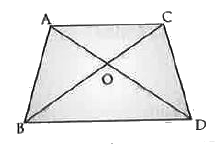 Solution in Kannada
Solution in Kannada
The correct Answer is:AODO
Step by step video, text & image solution for In the figure given below, ABC and DBC are two triangles on the same base BC. If AD intersects BC at O, show that (ar(Delta ABC))/(ar(Delta DBC)) = (AO)/(DO). by Maths experts to help you in doubts & scoring excellent marks in Class 10 exams.
Updated on:21/07/2023Topper's Solved these Questions
- TRIANGLESBOOK - OSWAAL PUBLICATIONCHAPTER - TRIANGLESEXERCISE - TEXTBOOK CORNER (EXERCISE 2.5)
17 Videos
- TRIANGLESBOOK - OSWAAL PUBLICATIONCHAPTER - TRIANGLESEXERCISE - TEXTBOOK CORNER (EXERCISE 2.6)
10 Videos
- TRIANGLESBOOK - OSWAAL PUBLICATIONCHAPTER - TRIANGLESEXERCISE - TEXTBOOK CORNER (EXERCISE 2.3)
16 Videos
- SURFACE AREA AND VOLUMESBOOK - OSWAAL PUBLICATIONCHAPTER - SURFACE AREA AND VOLUMESEXERCISE - EXERCISE 15.5
5 Videos
Similar Questions
Sides of triangles are given below. Determine which of them are right triangles.
In case of a right triangle , write the length of its hypotenuse.
7cm, 24 cm, 25 cm
View SolutionIn the figure given below, PS is the bisector of ∠QPR of ΔPQR . Prove that QSSR=PQPR
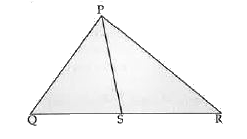
View SolutionState which pairs of triangles in Fig are similar. Write the similarity criterion used by you for answering the question also write the pairs of similar triangles in the symbolic form:
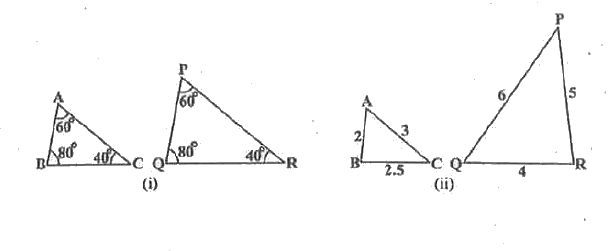
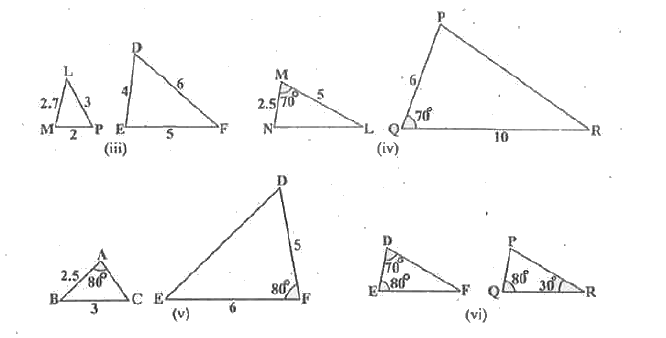
View SolutionA copper wire, 3mm in diameter , is wound about a cylinder whose length is 12cm, and diameter 10cm, so as to cover the curved surface of the cylinder . Find the length and mass of the wire, assuming the density of copper to be 8.88gpercm3
View SolutionIn Fig. 6.44, ABC and DBC are two triangles on the same base BC. If AD intersects BC at O, show that (ar (ABC))/( ar (DBC))= (AO )/( DO )
View SolutionIn the given figure,Delta ABC and Delta DBC are on the same base BC.If AD intersects BC at O , prove that (ar(Delta ABC))/(ar(Delta DBC))=(AO)/(DO)
View SolutionIn the following figure, AB and BC are equidistant from the centre 'O' of the Show that
(a) ABC is an isosceles triangle.
(b) OB bisects angle ABC.
ltimg src="https://d10lpgp6xz60nq.cloudfront.net/physics_images/PS_MATH_X_C13_E02_006_Q01.png" width="80%"gt
View Solutionआकृति 6 .44 में एक ही आधार BC पर दो त्रिभुज ABC और DBC बने हुए है यदि AD , BC को O पर प्रतिच्छेद करे , तो दर्शाइए कि ar(ABC)ar(DBC)=AODO है
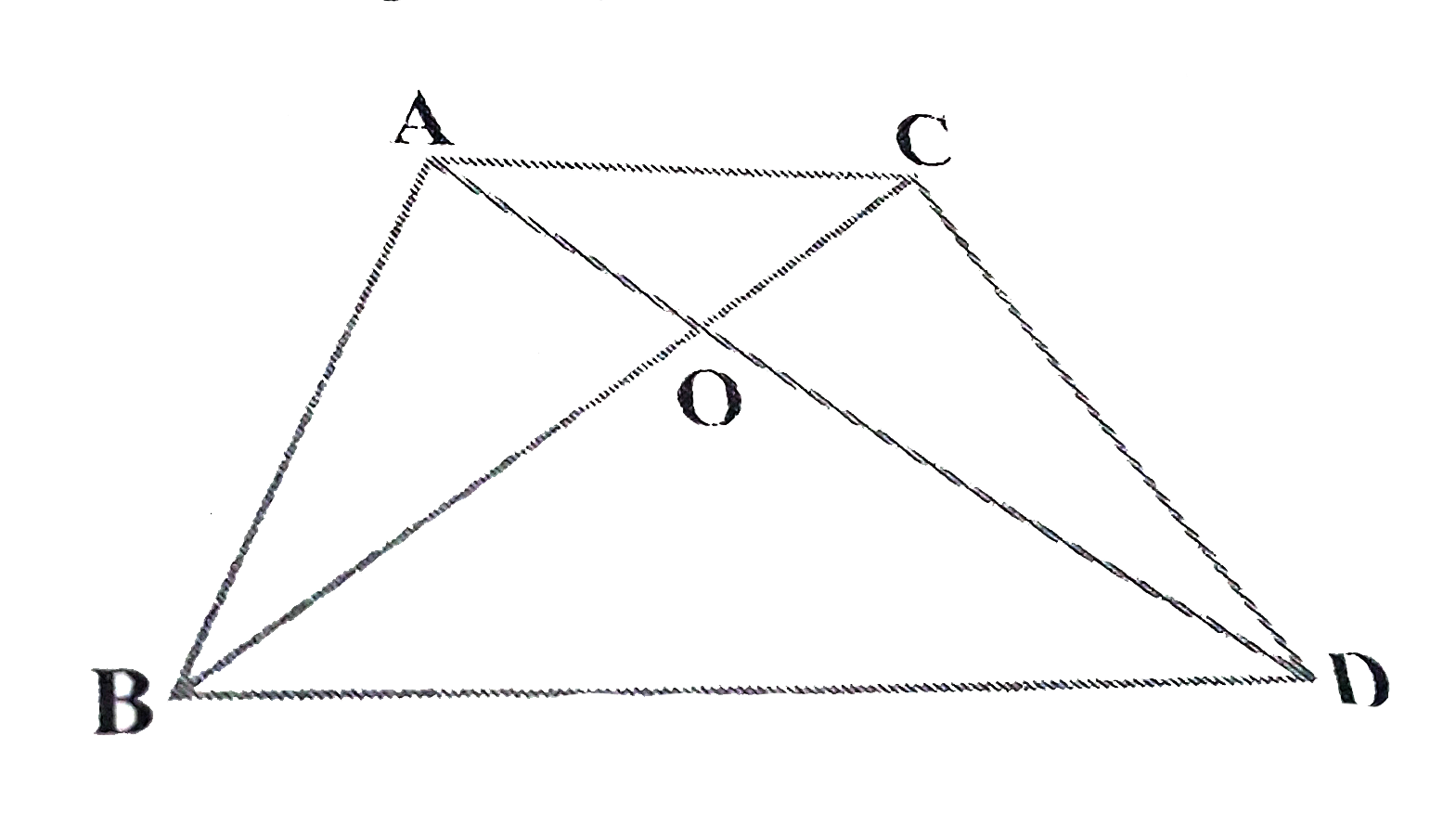
View SolutionIn the same figure, ΔABCandΔDBC are on the same base BC . If AD is intersects BC at O, prove that
ar(ΔABC)ar(ΔDBC)=AODO
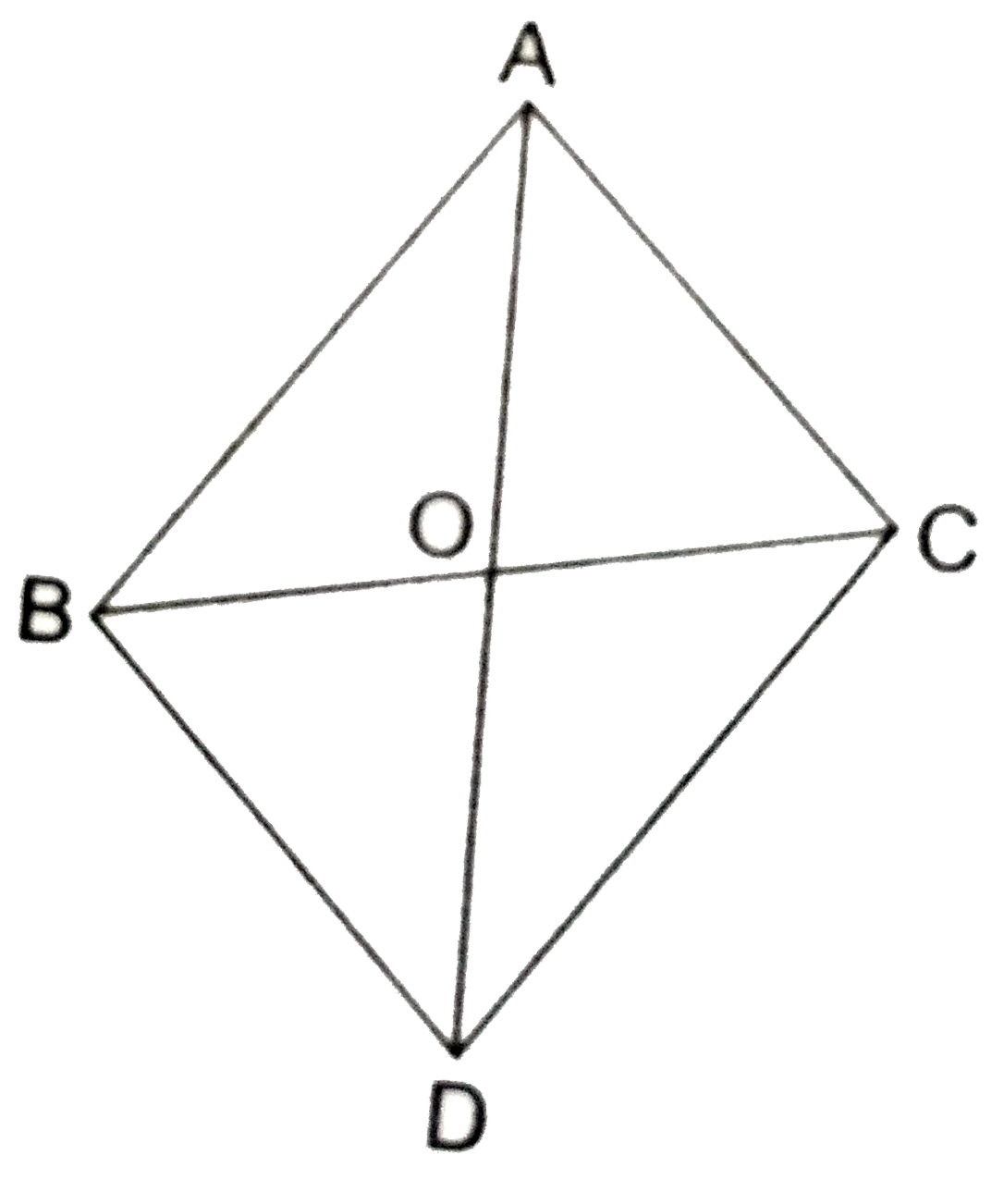
View SolutionIn the given figure, ΔABCandΔDBC have the same base BC. If AD and BC intersect at O, prove that ar(ΔABC)ar(ΔDBC)=AODO
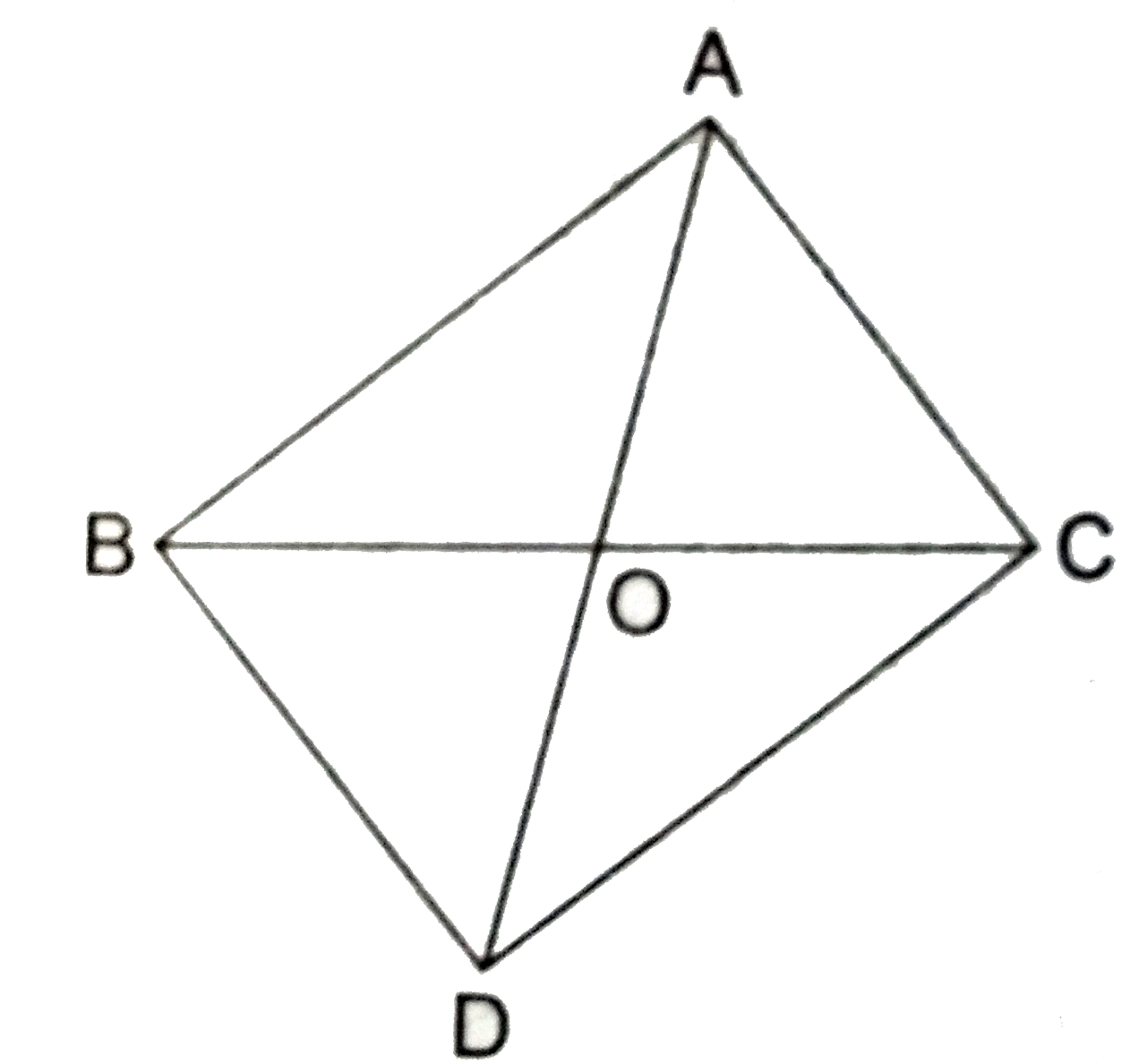
View Solutionआकृति में एक ही आधार BC पर दो त्रिभुज ABC और DBC बने हुए है। यदि AD,BD को O पर प्रतिच्छेद पर तो दर्शाइए कि ar(ΔABC)ar(ΔDBC)=AODO है।
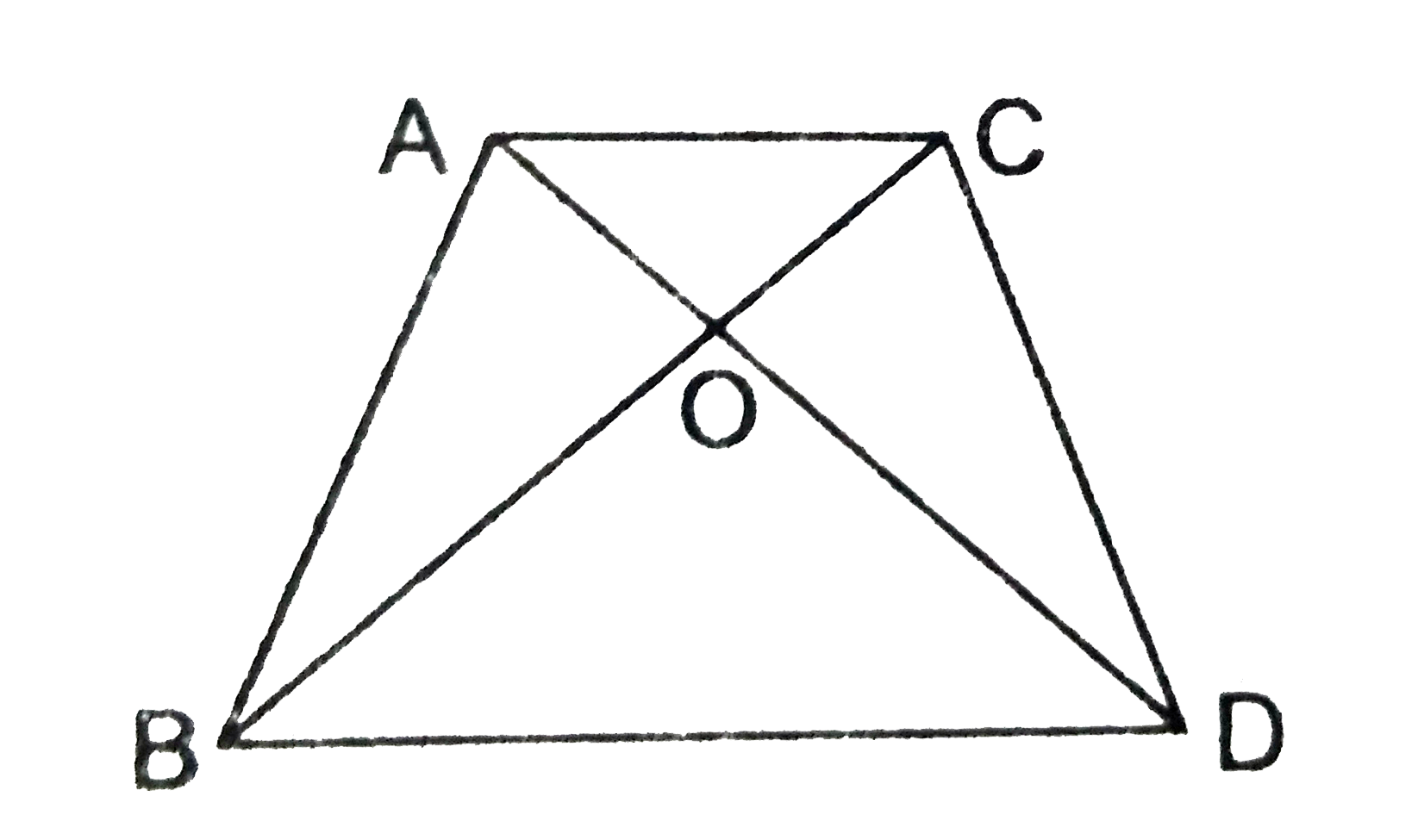
View Solutionदिये गये चित्र में, दो त्रिभुज ABC तथा DBC एक ही आधार पर स्थित है | यदि AD, BC, को O पर प्रतिच्छेद करती है तो दिखाइए कि,
(△ABC)का क्षेत्रफल(△BCD)का क्षेत्रफल=AODO
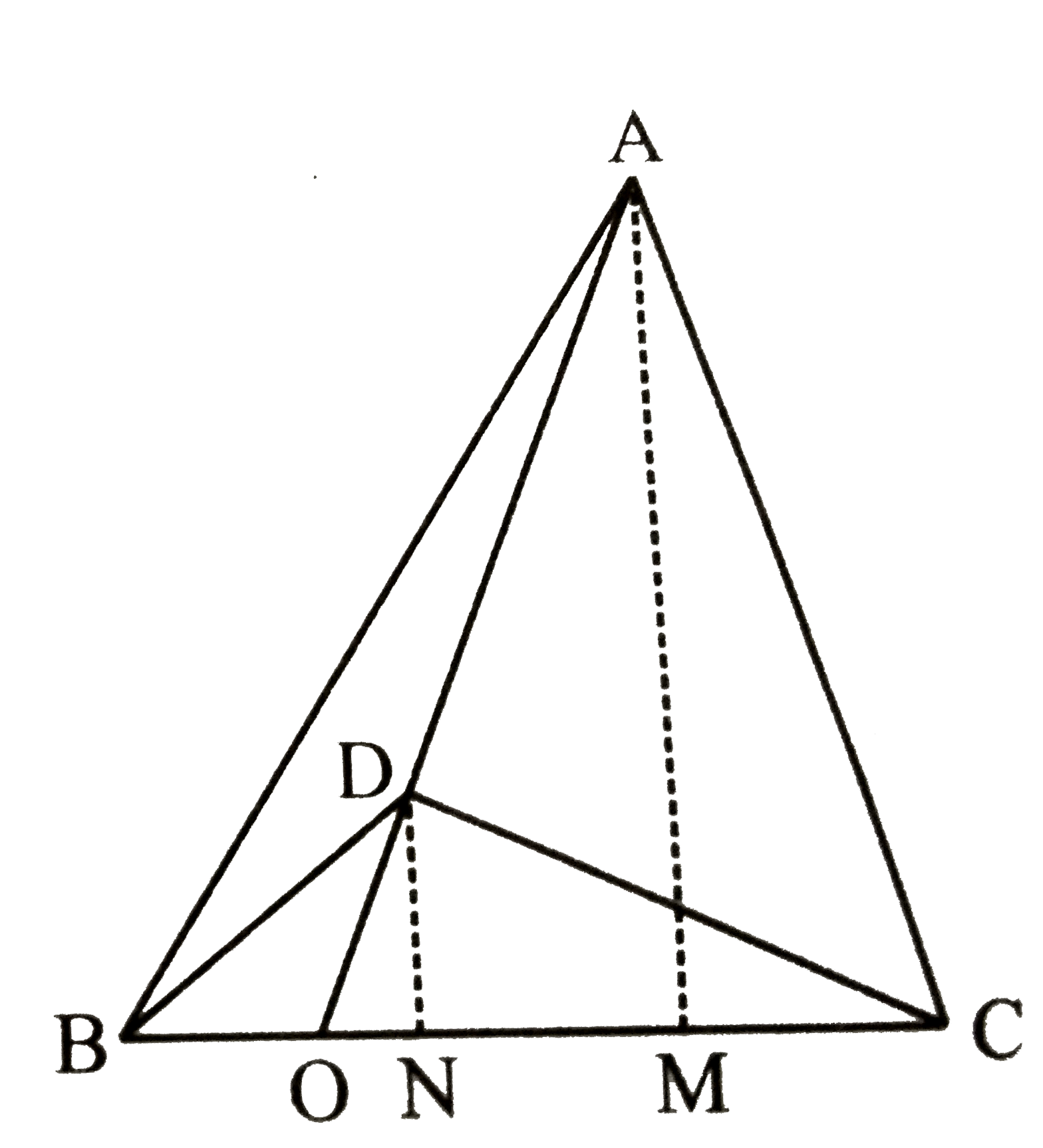
View SolutionABC और DBC दो त्रिभुज एकही आधार BC पर विपरीत पार्शव में है । यदि AD,BC को P पर प्रतिच्छेद करती है
तो दिखाएँ कि ar(ΔABC)ar(DBC)=APDP
View SolutionIn Fig , ABC and DBC are two triangles on the same base BC. If AD intersects BC,at O , show that ar(ABC)ar(DBC)=AODO
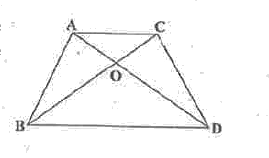
View SolutionIn the figure ABC and DBC are two triangles on the same base BC. If AD intersects BC at 0, show that Area(ΔABC)Area(ΔDBC)=AODO.
View Solution
